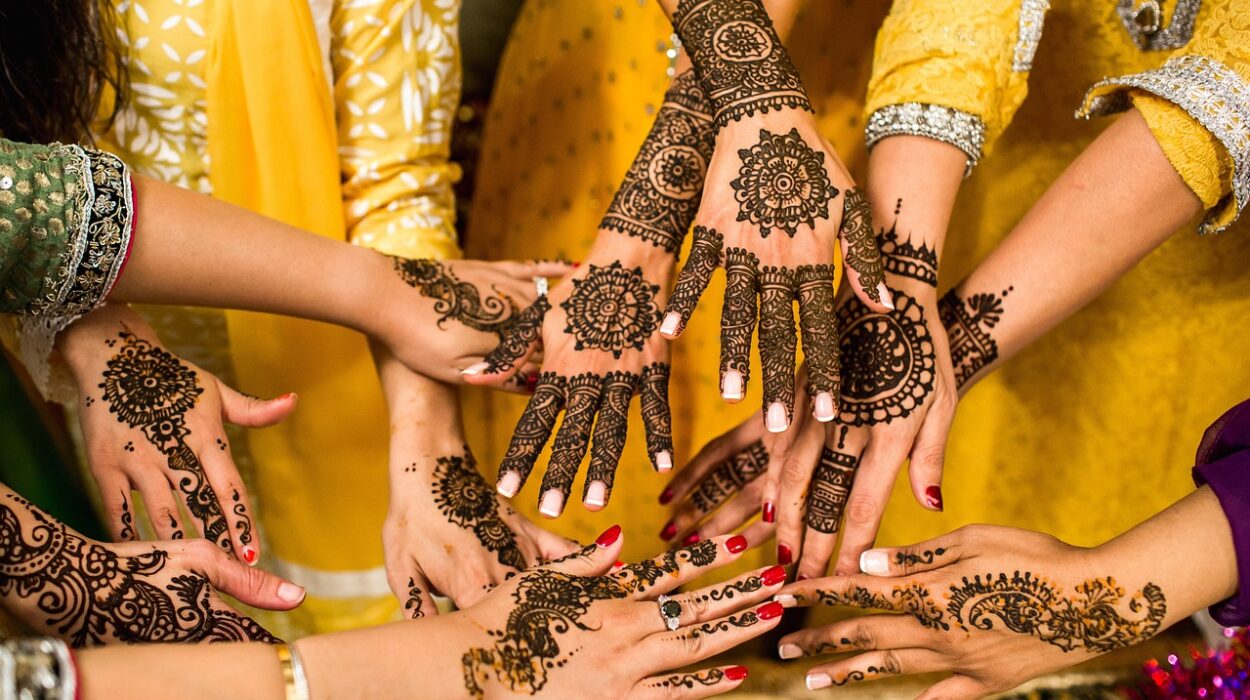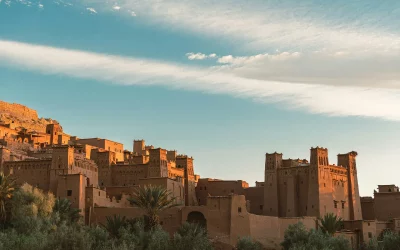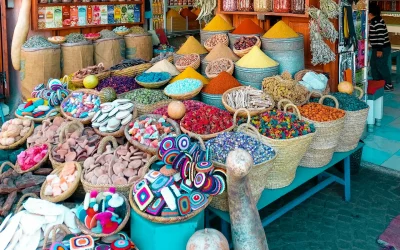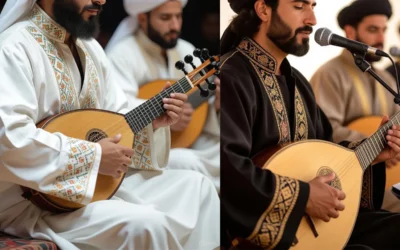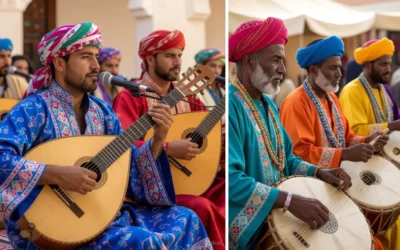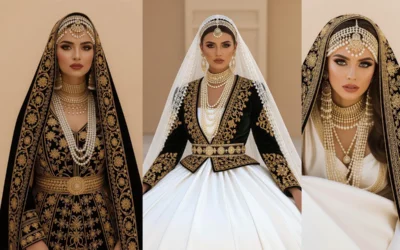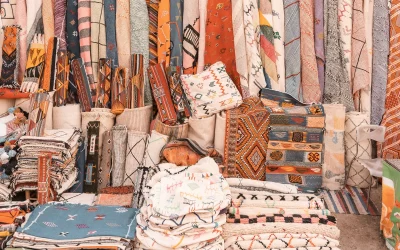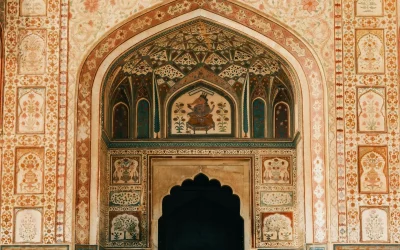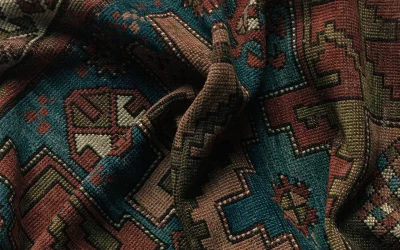Recognised in 2024 as intangible cultural heritage of humanity by UNESCO, henna is the pride of 16 Arab countries. Among them is Morocco, where this deeply rooted tradition continues to accompany the major stages of life, from birth to death.
Inscribed on the Representative List of the Intangible Cultural Heritage of Humanity, henna owes its global recognition to a joint nomination by 16 Arab-Muslim countries — from Egypt to Mauritania, Jordan, Morocco, Sudan, Oman and Yemen. This collective success recognises a thousand-year-old practice that is aesthetic, symbolic and communal.
Henna comes from a deciduous shrub that thrives in warm regions and is harvested twice a year. The leaves are dried, crushed and then ground into a paste. The preparation varies according to country and custom, with each adding specific ingredients that give the patterns and colour shades their own identity. Used to dye hair, colour nails or decorate hands and feet, henna remains inseparable from major celebrations such as weddings, births, circumcisions and other family festivities.
A living tradition in Morocco
In Morocco, henna retains all its symbolic power and accompanies key moments in life. In a working-class neighbourhood on the outskirts of Casablanca, Khamissa, a ‘nekacha’ — henna designer — is preparing to officiate at the circumcision ceremony of little Souleymane, aged one. ‘I’m preparing the table and the place where we will apply the henna to the baby. Circumcision has its own rituals,’ she explains.
For the occasion, the gesture is simple: a little paste is placed in the palm of the hand, and the feet are also dyed. “It’s not just for women. Even men can wear it. It’s a symbol of joy for everyone,‘ says Khamissa. In the living room, songs and ululations echo. Zakaria, Souleymane’s father, also takes part in the ritual: ’My son put henna on, so I’m doing the same! We continue to follow the traditions.”
From the cradle to the grave
Henna is not limited to happy occasions. It also accompanies darker moments. ‘From birth to death, it is always with us,’ says Khamissa. In some regions, three days after a funeral, everyone applies a little henna to chase away sadness and get back to normal life. This omnipresence makes it a strong marker of identity, passed down from generation to generation.
Once taught only within families, this skill is now also passed on in beauty centres, universities, associations and even through the media. The tradition encompasses all stages: growing and caring for the shrub, preparing the paste, applying it and mastering the patterns. Each of these phases is often accompanied by songs, proverbs or poems, further reinforcing the social and festive dimension of the practice.
Between art, care and magic
Beyond its decorative value, henna is renowned for its medicinal properties. Antiseptic and soothing, it has been used for centuries to relieve certain skin conditions. Some even attribute quasi-magical powers to it. During Souleymane’s ceremony, Khamissa noticed: ‘They put henna on him and he stopped crying.’
The inscription of henna on UNESCO’s Intangible Cultural Heritage list thus recognises an Arab-Muslim tradition that is still alive today, strengthening community ties and perpetuating a richly meaningful art form. In Morocco, this recognition is welcomed with pride. ‘It’s something I’ve been hoping for for a long time,’ says Khamissa, aware that this ancestral heritage now officially belongs to all of humanity.

